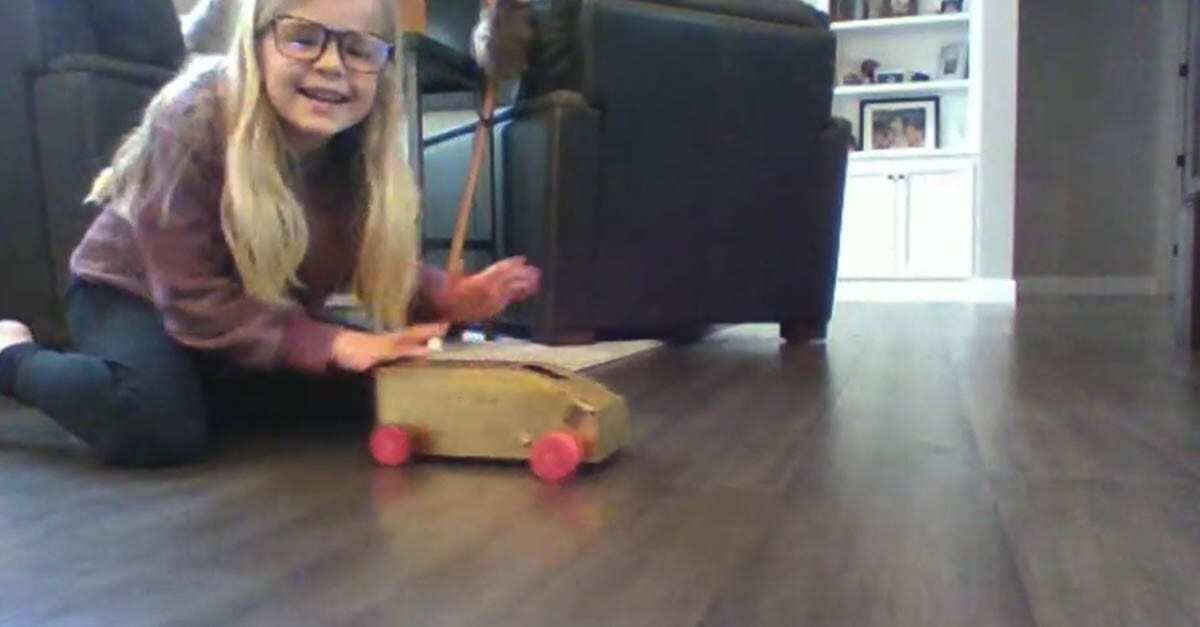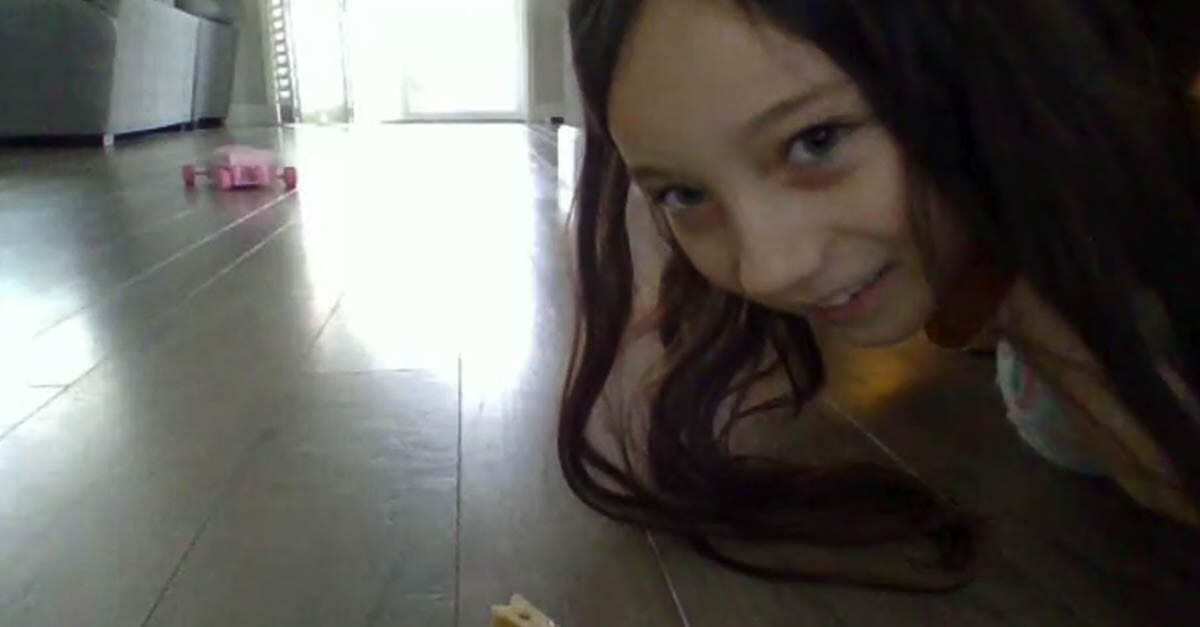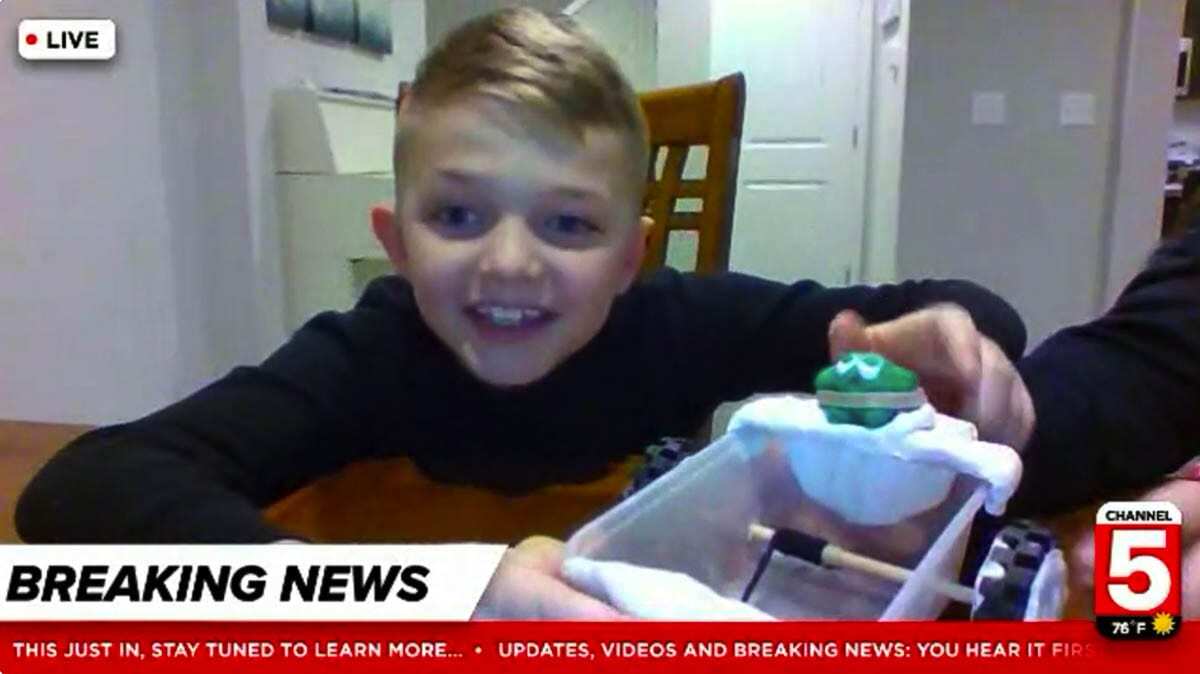Jennifer Stinson’s third grade students at South Ridge Elementary School learned a lot about force and motion in science class
RIDGEFIELD — Jennifer Stinson’s third grade students learned a lot about force and motion in science class. And they put that knowledge to the test with a fun STEM project: designing and building original model go-karts.

Stinson’s students are still taking online classes, but she knew how much they would enjoy the hands-on project. So South Ridge Elementary School approved funding to purchase STEM kits for the entire third grade, allowing students to build go-karts at home without having to return all the pieces.
The third graders were excited to get started. But how do you build a moving go-kart?
First, they thought about the forces that would make their go-karts go, like pushing or pulling, and the things that might change its speed, like gravity, friction, or air resistance. Then they were ready to design the go-kart.

The STEM kit gave them axles and wheels. They had to find a piece of recycled material for the go-kart body. The third graders built go-karts from tissue boxes, soda bottles, plastic bins, and more. The first test — going down an inclined plane — was pretty easy. But next, they had to change the design.
“They were asked to modify the go-karts so they were self-propelled, requiring very little force from the students themselves,” Stinson explained, “They were super creative and came up with ideas like using magnets or the stored energy from the tension built up in a rubber band. One student even attached a sail to their go-kart and used a fan to propel it.”

Those tests were more challenging, but the modified designs were soon flying across floors at home.
The final test gave it a real-world twist: students made a clay figure and attached it to the go-kart with a seatbelt. Then they had to keep the clay figure safe while the go-kart moved. (Stinson explained that students learned the importance of wearing seatbelts and riding in cars with airbags from the real-life applications of force and motion.) Soon the colorful clay figures were racing through the tests, wearing creative seatbelts made from rubber bands, tape, and even a face mask.

The students recorded videos of their project, cheering for the homemade go-karts as they rolled down ramps, under furniture, and across floors. Stinson thought her students did a great job with their go-karts.
“I was super proud of the efforts and imagination with this project,’’ she said. “I feel that they truly understood the science concepts that were taught.” So if you see a go-kart made from a plastic soda bottle racing down the sidewalk, you’ll know there are young scientific minds at work nearby.

Information provided by Ridgefield School District.




